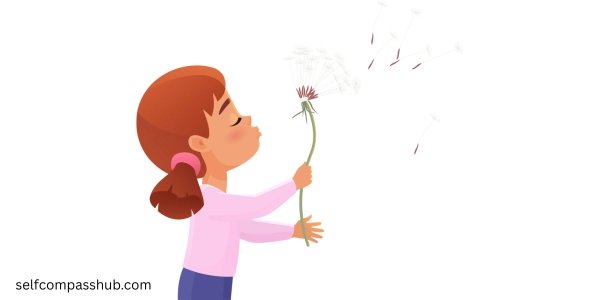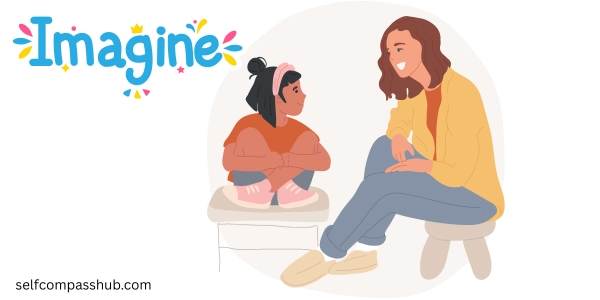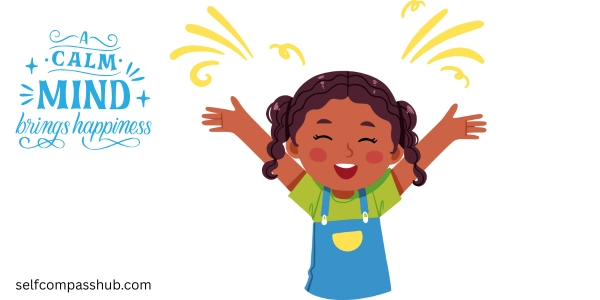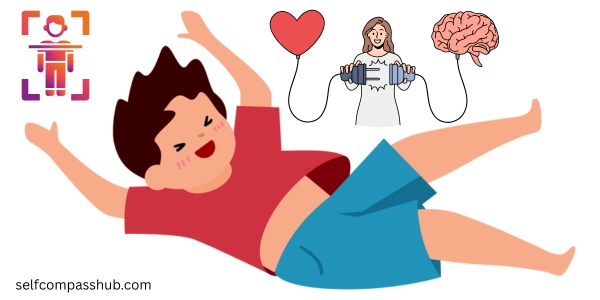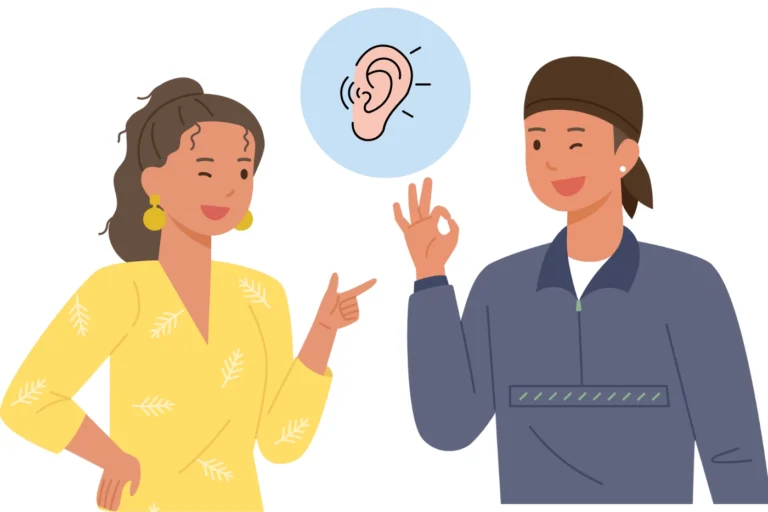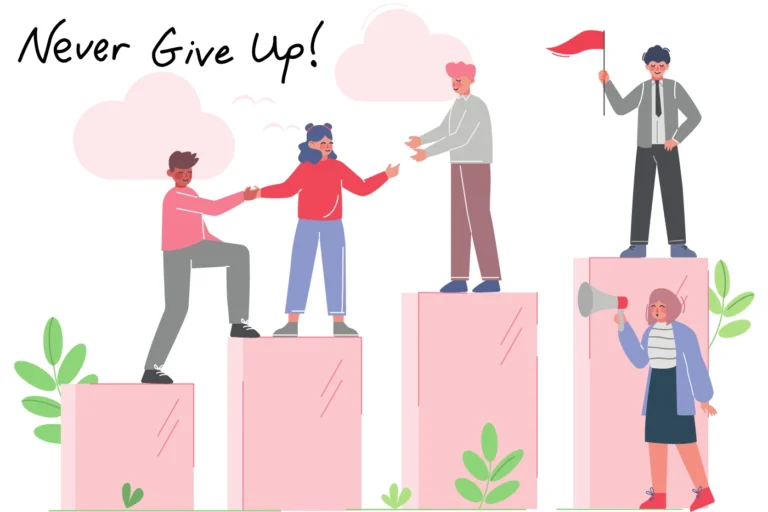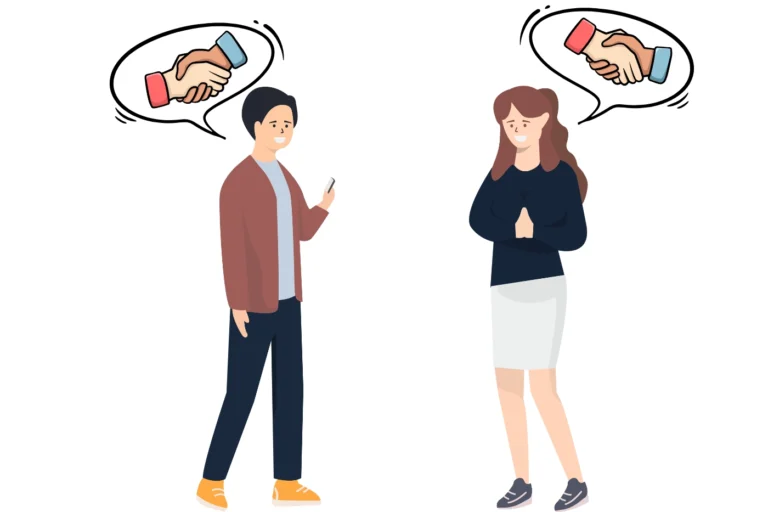Our Mindfulness Journey
When my son Jake started kindergarten last year, he struggled with sitting still during circle time. His teacher mentioned he seemed “lost in his own world” during lessons. At home, bedtime became a battle as his mind raced with thoughts from the day. Sound familiar?
That’s when our family mindfulness journey began. Not with perfect zen meditation sessions (far from it!), but with simple, playful moments that gradually helped Jake – and honestly, all of us – develop better focus, find calm during storms, and understand our emotions.
The transformation wasn’t overnight, but the small moments added up. Now when Jake feels frustrated with a difficult puzzle, he often stops, takes his “special breaths,” and tries again with renewed focus. These little victories make my heart swell.
Why Mindfulness Matters for Kids
In our fast-paced, screen-filled world, kids rarely get chances to slow down and check in with themselves. Mindfulness gives them that gift. In simple terms, mindfulness is paying attention to the present moment without judgment.
For kids, this practice:
- Builds attention spans in a world of constant distractions
- Provides tools to self-regulate when emotions run high
- Develops self-awareness and empathy
- Reduces anxiety and stress
- Improves sleep and overall wellbeing
The best part? You don’t need special equipment or hours of practice. Just a few minutes a day can make a meaningful difference.
Focus-Building Activities
1. The Spider Web Listening Game
Have your child sit comfortably and close their eyes. Tell them to imagine their ears are like spider webs, catching every tiny sound. Start by asking them to count how many different sounds they can hear for one minute. Afterward, discuss what they noticed – maybe the hum of the refrigerator, birds outside, or their own breathing.
Real-life moment: Jake named this game “sound detective” and now requests it when he’s feeling overwhelmed by his homework. It helps him reset his focus before trying again.
2. One-Minute Spotlight
Choose an ordinary object (an apple, a leaf, a rock). Have your child examine it for one full minute as if they’ve never seen it before. What colors, textures, patterns do they notice? Can they find something surprising about it?
Tip: Using a timer helps kids understand that they only need to focus for a short time, making it feel more doable.
Calming Activities
3. Rainbow Breath
This breathing exercise combines movement with breath:
- Start with arms at sides, taking a deep breath in
- As they exhale, raise arms up and out to form a rainbow arc
- Bring arms back down on the next inhale
- Repeat 5 times
The visual and physical aspects make this breathing technique easy for kids to remember and actually enjoy doing.
4. Weather Report Check-In
Ask your child to give a “weather report” for how they’re feeling. Are they sunny, partly cloudy, rainy, or stormy inside? This gives them language to express emotions without judgment and creates awareness of their internal state.
Real-life moment: My son once told me he felt “thunderstormy but the sun is trying to come out” after a disagreement with his friend. This opened a meaningful conversation about mixed feelings and how emotions change just like weather systems do.
Emotional Awareness Activities
5. Feelings Jar
![Image: Child shaking a glitter jar/calm-down bottle with fascination]
Create a “feelings jar” by filling a clear plastic bottle with water, glue, and glitter. When your child feels strong emotions, have them shake the jar and watch the glitter swirl (like their busy thoughts when upset) and then gradually settle (how their mind can calm down again).
This visual metaphor helps kids understand that big feelings aren’t permanent and they can wait for emotional storms to pass.
6. Body Scan for Kids
Guide your child to lie down comfortably and “check in” with different parts of their body, moving from toes to head. Ask questions like: “How do your feet feel? Are they warm, cold, tingly?” This builds the mind-body connection and helps children recognize where they hold tension.
Tip: Make it playful by pretending to “scan” their body with a pretend flashlight or magic wand.
7. Gratitude Stones
Collect smooth stones and decorate them with your child. Each evening, have them hold a stone and share something they’re grateful for from their day. This simple ritual helps shift attention to positive experiences and builds emotional resilience.
A Few Gentle Reminders
Remember that mindfulness is a practice, not a perfect. Some days will go better than others. Your child might love one activity and resist another – that’s completely normal.
The most powerful approach is to practice alongside your children. They learn more from watching us than from what we tell them to do. When they see you taking deep breaths during a traffic jam or naming your own feelings, they absorb these lessons deeply.
Start small with just 1-2 minutes of practice. Quality matters more than quantity, especially for young children. These tiny seeds of mindfulness grow over time into lifelong skills that support emotional health and wellbeing.
What mindfulness activities have worked in your family? I’d love to hear your experiences in the comments below!

